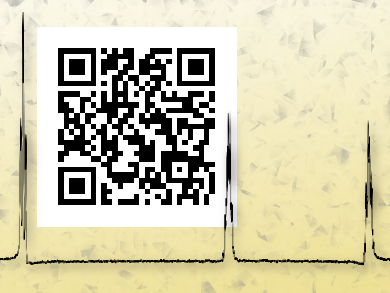Diol groups are a structural feature of many important compound classes such as sugars or cathechols. Molecules with boronic acid groups can reversibly bind to 1,2- or 1,3-diols and thus be used to detect and recognize them.
Alexander Schiller, University of Jena, Germany, and colleagues have developed three different fluorinated benzyl bipyridinium salts with boronic acid substituents. These compounds can be used as receptors for the identification of different diols using 19F NMR spectroscopy. The researchers tested their approach under physiological conditions with nine different analytes which contain diol groups, including catechol, dopamine, and several sugars.
Using an array of the three receptors, the analytes could be detected and identified by the resulting 19F NMR spectra, even in low concentrations. The team converted the NMR spectra into 2D barcodes to provide an easy way to evaluate the data.
- Fluorinated Boronic acid-appended Bipyridinium Salts for Diol Recognition & Discrimination via 19F NMR Barcodes,
Jörg Axthelm, Helmar Görls, Ulrich S. Schubert, Alexander Schiller,
J. Am. Chem. Soc. 2015.
DOI: 10.1021/jacs.5b10934



